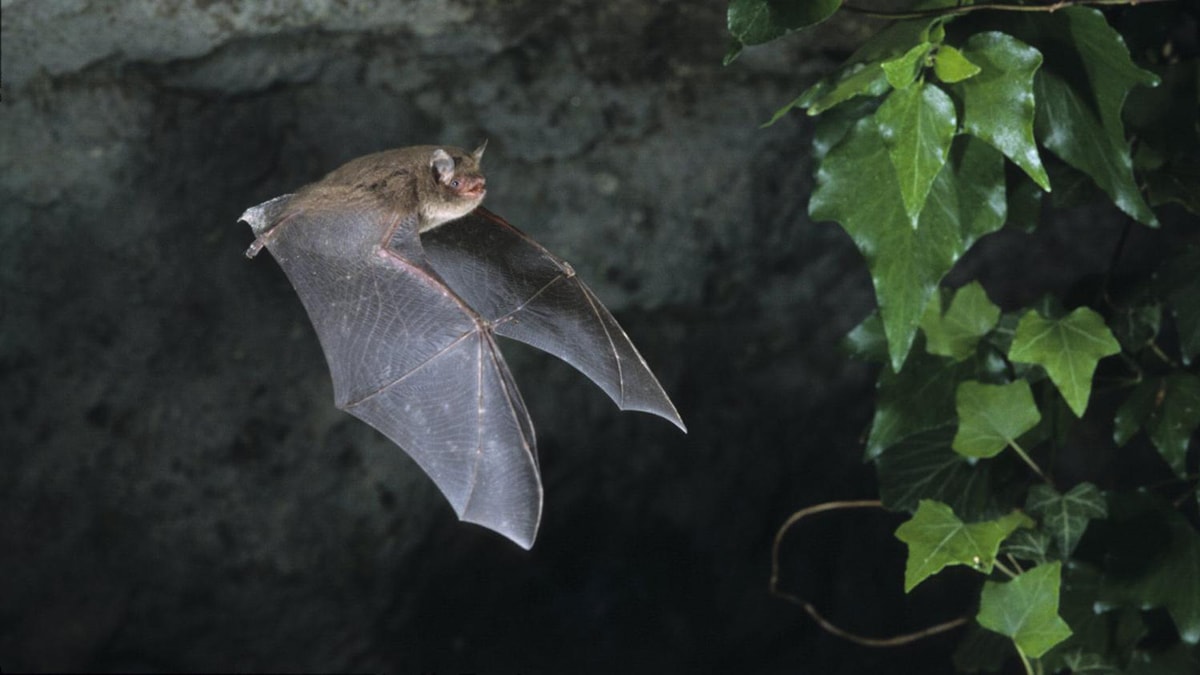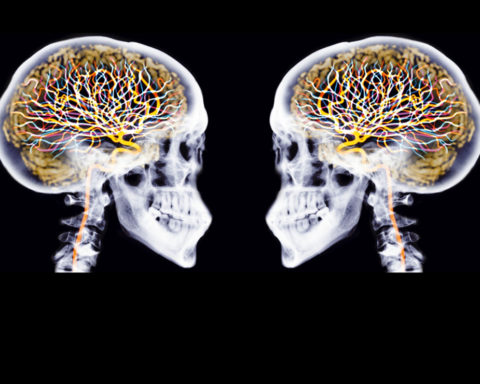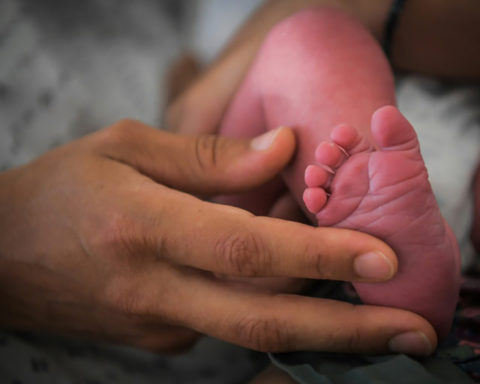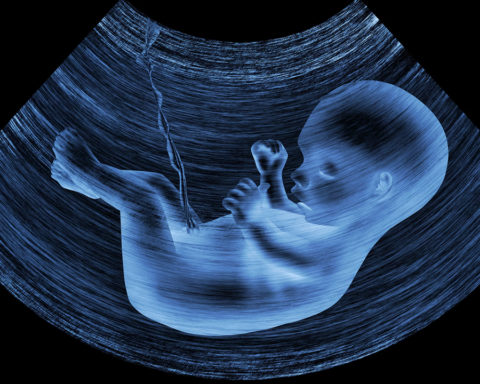It's an enigma that has been with us since the early days of the pandemic. Where did this coronavirus come from that turned the world upside down? Hypotheses have been put forward and everyone has put forward their own explanation: the virus comes from a bat, from a pangolin, it escaped from a Chinese lab, it was intentionally manufactured to destroy the world... When we don't know, serious and crazy ideas abound and conspiracy theorists are feasting. But the fact remains that we still don't know for certain the origin of the coronavirus responsible for Covid-19. Several leads are emerging, but none of them can be distinguished with certainty. It will be necessary to find out, however, to prevent this strange tragedy from happening again.
Since the beginning of the pandemic, the question of the origin of the coronavirus has been one of the biggest puzzles. It is almost certain that it comes from bats, and a new study published this week - the most comprehensive analysis of coronaviruses in China - adds weight to this theory. However, the lack of clarity about how the virus passed from animals to humans has left the field open to unsubstantiated theories, one of which, promoted indiscriminately by US President Donald Trump, suggests that the virus escaped from a laboratory in China.
However, most researchers say that the most likely explanation, given what is known so far about this virus and others like it, is that bats transmitted it to an intermediate animal, which then passed it on to humans. The big question is which animal is the transmitter. In mid-May the World Health Assembly, the main decision-making body of the World Health Organization, passed a resolution calling on the agency to work with other international organizations to identify this animal source.
Finding the animal source of the pandemic will not be easy. Scientists say that the complexity of the nature of the evidence being sought makes the task very difficult. Similarly, it will be extremely complicated to completely rule out the theory that the virus originated in the virology laboratory in Wuhan.
Indeed, the fact that this laboratory (the WIV, for Wuhan Institute of Virology), which is well known for its work on coronaviruses, is located in the same city where the pandemic began, instigates the disorder. The cutting-edge work being done by the lab's researchers to elucidate the origin of the pandemic, as well as unfounded speculation about its possible role in the epidemic, has brought it into the spotlight. An independent on-site investigation is likely to be the only way to convincingly rule out the lab as a possible source of the outbreak, but scientists believe such an investigation is unlikely, given the hot geopolitical environment surrounding the issue.
The animal origin of the coronavirus
In a study which has just been published, researchers have analyzed partial sequences of some 1,240 coronaviruses found in bats in China. They indicate that the virus feeding the pandemic, SARS-CoV-2, is most closely related to a group of viruses found in bats of the genus Rhinolophus, or horseshoe bats. These very numerous species are distributed throughout the world and are characterized by the contoured nasal membranes that surround their noses and in particular the horseshoe-shaped lower membrane.
This finding comes in addition to a previous analysis according to which a coronavirus, RATG13, which some of the authors found in intermediate horseshoe bats (Rhinolophus affinis) in Yunnan province, shares 96 % of its genetic sequence with SARS CoV-2.
The authors of the latest study note that the viral group to which both viruses belong appears to originate in Yunnan Province. But since the team only collected viruses from sites in China, they cannot rule out that an ancestor of the SARS CoV-2 may have originated in the neighbouring countries of Myanmar and Laos, where horseshoe bats also live.
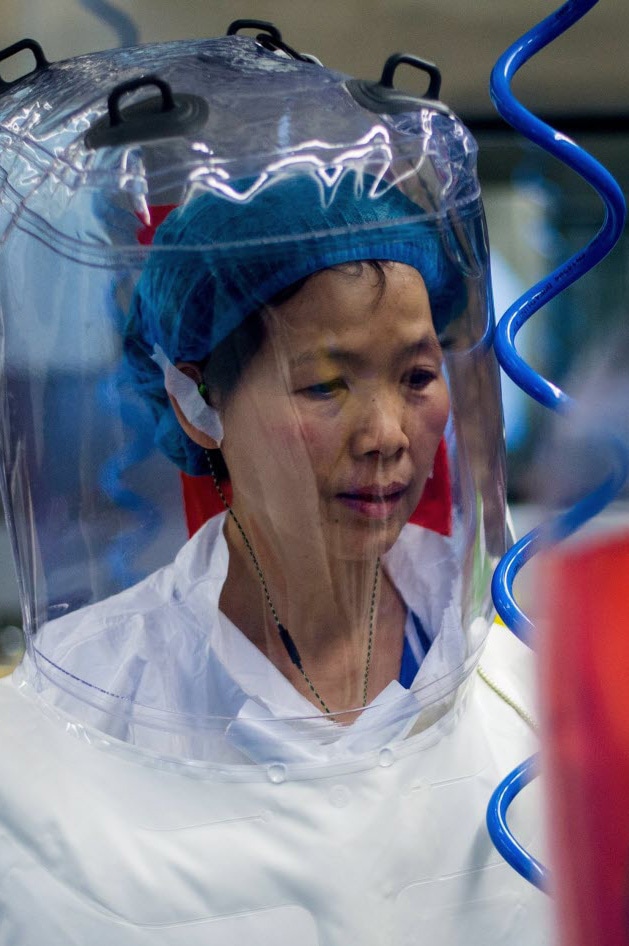
One of the co-authors of the study is Shi Zheng-Li, the WIV virologist whose extensive work on coronaviruses in China attracted particular attention during the pandemic. The scientist, whom her colleagues call the "batwoman", has spent the past 16 years on numerous expeditions to bat caves. Her main target is rhinolophes, which are very abundant in South Asia, nesting happily in deep, narrow caves in steep terrain.
Often guided by the advice of local villagers, Shi and his colleagues crawl for hours towards potential sites and crawl through narrow rock crevices on their stomachs. Sometimes the flying mammals prove elusive. It is not uncommon for a week's expedition and a visit to more than thirty caves to result in the examination of barely a dozen bats. These expeditions were part of the effort to catch the culprit in the SARS epidemic, the first major epidemic of the 21st century. It was the first appearance of a deadly coronavirus with pandemic potential. The incident helped launch a worldwide search for animal viruses that could be found in humans. Shi was one of the first recruits to this effort, specializing in rhinolophists. Since then, the virologist has gained a worldwide reputation for her expertise and was one of the first to warn of the risk of bat viruses spreading to humans.
The virologist is adamant that none of the bat viruses that have been referenced to date are sufficiently similar to SARS-CoV-2 to be a direct ancestor. It is true that the new virus could have been transmitted directly by bats, but what seems more likely to her is that the coronavirus was spread by an intermediate animal.
Evidence suggests that the related coronavirus that causes severe acute respiratory syndrome (SARS) has been transmitted to humans from bats using civetsand that the camels have been the intermediate source of another related virus that causes Middle East Respiratory Syndrome (MERS). These species have been found to harbour versions of these viruses almost identical to those found in humans.
Finding a virus almost identical to SARS-CoV-2 in an animal would be the most convincing evidence of how it is transmitted to humans. This would require taking large numbers of samples of coronavirus from wildlife and cattle in China and conducting a search that would be similar to that of a needle in a haystack. Experience with this type of research for other viruses shows that it can take years before a result emerges.
The first cases of SARS appeared in November 2002, but the cause was not identified as a coronavirus until April 2003. At that time, authorities already suspected that animals were involved, as more than 30 % of the first cases in Guangdong Province, China, where the outbreak began, involved workers in a live animal market. A month later, researchers discovered the virus in civets at live animal markets. Scientists then linked the civets to cases of SARS in people - a waitress and a customer at a restaurant serving palm civets (Paradoxurus hermaphroditus) tested positive for the virus, as did six of the animals. But it took almost 15 years and extensive animal sampling to find a closely related virus in the bats. It was Shi Zheng-Li who led the team that collected thousands of bats from isolated caves in China. And even though they found all the genetic components of the SARS virus, they did not find a single virus with the same genetic makeup.
Scientists believe that identifying the animal source of the SARS CoV-2 could take just as long. From groups s around the world are already using computer models, cell biology and animal experimentation to study the species susceptible to the virus - and thus possibly the source - but so far without any success.
A virus escaped from a laboratory
The Wuhan Institute of Virology (WIV) houses a maximum security laboratory that is one of only a few dozen P4 biosafety level laboratories in the world. Although there is no evidence that the virus has escaped from this laboratory, scientists say it will be difficult and time-consuming to completely rule it out.
The laboratory contains a collection of coronaviruses potentially related to SARS-CoV-2, so it is possible that one of them may have escaped. It is plausible that a laboratory employee was accidentally infected by a virus sample or an animal in the facility and then transmitted it to someone outside the facility. It is also theoretically possible that the scientists in the laboratory may have altered the genome of the virus for research purposes before it escaped, but again, there is no evidence that they did so.
Shi Zheng-Li, the Chinese "batwoman", keeps saying that the laboratory does not have a virus similar to the SARS CoV-2. However, the coronavirus specialist confided at the end of February that when the discovery of a new coronavirus in Wuhan patients was announced on 30 December, she feared that the virus might come from her laboratory. « It really made me lose my mind. I didn't sleep a wink for days... "she said. tolduntil he was able to ensure, and now certify, that the genomic sequences of the human virus did not match those of the bat viruses sampled by his laboratory.
Last April, WIV Director Yuan Zhiming repeated that the virus did not come from the laboratory. He told the Chinese public broadcaster CGTN: " We know what virus research is being done, we know how viruses are managed, we know how samples are managed. The virus certainly didn't come from here ». Harassed by the world's media, laboratory officials now refuse to answer questions until an official investigation is set up.
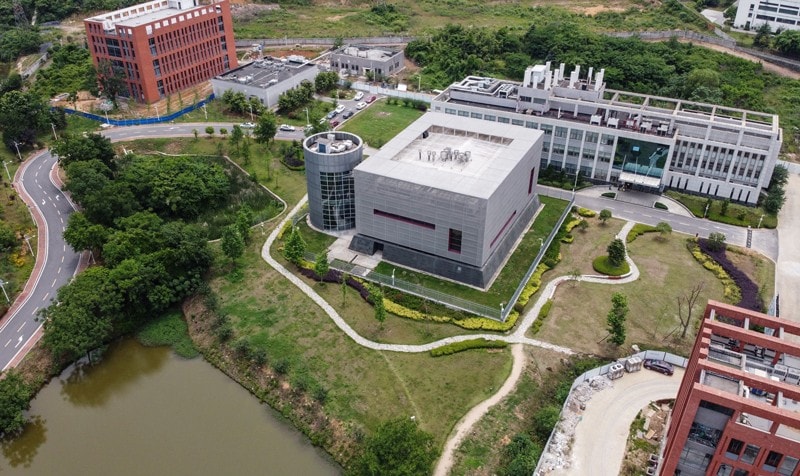
So we're still at the level of speculation. One certainty, however, is that Wuhan's laboratory is not a small, harmless lab. It is one of the most advanced places in the world for virus research. It is a high-tech gem, with maximum safety: the researchers, equipped with suits, are dedicated to the study of risk group 4 micro-organisms, i.e. highly pathogenic agents - characterised by a high mortality rate, a very high power of dissemination, and for which there is no treatment. It should be pointed out that this lab is the fruit of a Franco-Chinese cooperation inaugurated with great pomp and circumstance in 2017. Since then, France has found itself pushed out of this place, with the Chinese proving to be quick to keep their hands on it. According to a survey of Médiapart, fifty French researchers were to work there; none ever set foot there. « This failure was predictable says the news site, sometimes even announced several years ago by defence and health administration officials who alerted French governments to the risks inherent in this technology transfer to China ». Cloning technology should we say, because Wuhan's P4 is indeed the perfect replica of the P4 laboratory built in Lyon by the Mérieux foundation, now in the hands of Inserm.
In fact, there is no trace of any incident in this laboratory. However, the fact that a virus escapes from a research lab is not impossible. This has already happened in China, for example: an accidental spread of SARS was traced in a Beijing laboratory in 2004 when researchers became ill there. An incident that did not result in an outbreak. The people working in the Wuhan lab could have been infected if the virus had escaped. However, no cases of illness have ever been reported.
To get to the heart of the matter would require a thorough investigation, worthy of a forensic investigation. According to several scientists interviewed by the journal Scientific American, a forensic investigation would be required to determine if the laboratory is related to the virus. Investigators would have to look for viruses that match the SARS-CoV-2 gene sequence and if they found one, they would have to find any evidence that it might have escaped. To do this, authorities would have to take samples from the laboratory, interview staff, examine laboratory books and security incident logs, and see what types of experiments the researchers had conducted, explained in Nature Richard Ebright, a biologist at Rutgers University in Piscataway, New Jersey.
In an interview with the Chinese publication Caixin In February, Shi Zheng-Li stated that she hoped that an investigation would be carried out, as she was convinced that no link would be found between her institute and the new coronavirus. The Chinese state media also stated that an investigation was likely, although no details have been released to date.
A product of nature or a human creation?
Scientists have studied the genome of the virus in detail and concluded that it appeared naturally rather than in a laboratory. An analysis published in Nature Medicine March 17 looks at several unusual features of the virus, and suggests how they are likely the result of natural processes.
This undermines the conspiratorial theory that the coronavirus responsible for Covid-19 was created in the laboratory. The authors of the article explain that when conducting experiments to genetically modify a virus, researchers must use the RNA of an existing coronavirus as the backbone. If the scientists had been working on "making" a new coronavirus, it is likely that they would have used a known backbone. But the authors of the study point out that no known virus recorded in the scientific literature could have been used as the backbone to create the SARS CoV-2.
The researchers went on to note that to enter cells, coronaviruses use a "receptor binding domain" (RDB) to attach to a receptor on the cell surface. The RDB in SARS-CoV-2 has sections that are unlike those of any other coronavirus. Although experimental evidence - and the magnitude of the pandemic - shows that the virus successfully binds to human cells, the authors note that computer analyses of its unique parts of the RDB predict that it is unlikely to bind perfectly. The authors suggest that, as a result, no one would attempt to design a virus in this way, with such imperfection, making it more likely that this characteristic would emerge as a result of natural selection rather than genetic manipulation.
The authors also point out another unusual feature of SARS-CoV-2, which is also part of the mechanism that helps the virus find its way into human cells, known as the furin cleavage site. The authors argue that natural processes may explain the appearance of this feature. Indeed, a similar site has been identified in a closely related coronavirus, which supports the authors in their claim that the components of the SARS CoV-2 may all have emerged from natural processes.
Analyses show that it is highly unlikely that the SARS CoV-2 was manufactured or handled in the laboratory, says Kristian Andersen, a virologist at Scripps Research in La Jolla, California, and lead author of the article. « We have a lot of data to show that it's natural, but no data or evidence to show that it's related to a lab... " he says.
But several scientists say that although they do not believe the virus has escaped from the laboratory, the tests are limited in what they can reveal about its origin. It is unlikely that there is any characteristic sign that a genome has been manipulated, states in Nature Jack Nunberg, a virologist at the University of Montana at Missoula, who doesn't believe the virus came from a laboratory. If, for example, scientists had added instructions for a furin cleavage site in the virus' genome, "there's no way of knowing whether man or nature has inserted the site " he says.
Ultimately, it will be very difficult, if not impossible, to prove or disprove any of the theories about the origin of the coronavirus. The mystery promises to remain intact for a long time to come.
Source: Nature doi: 10.1038/d41586-020-01541-z

